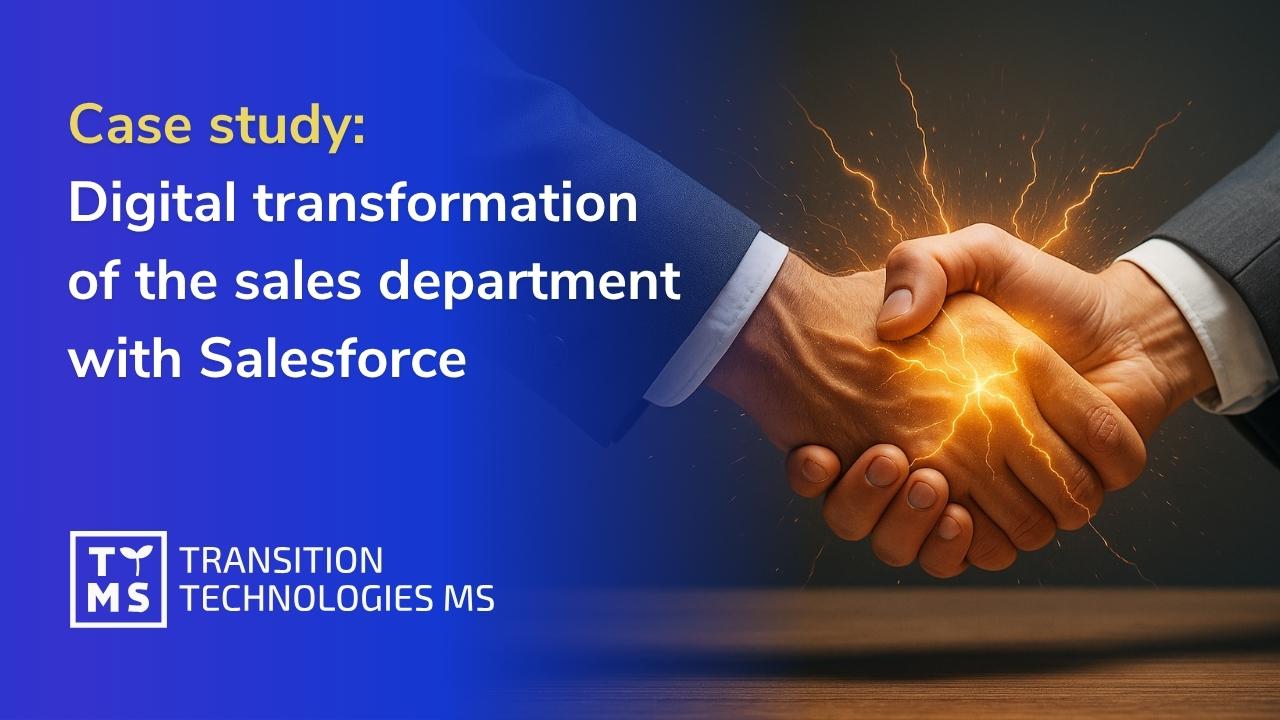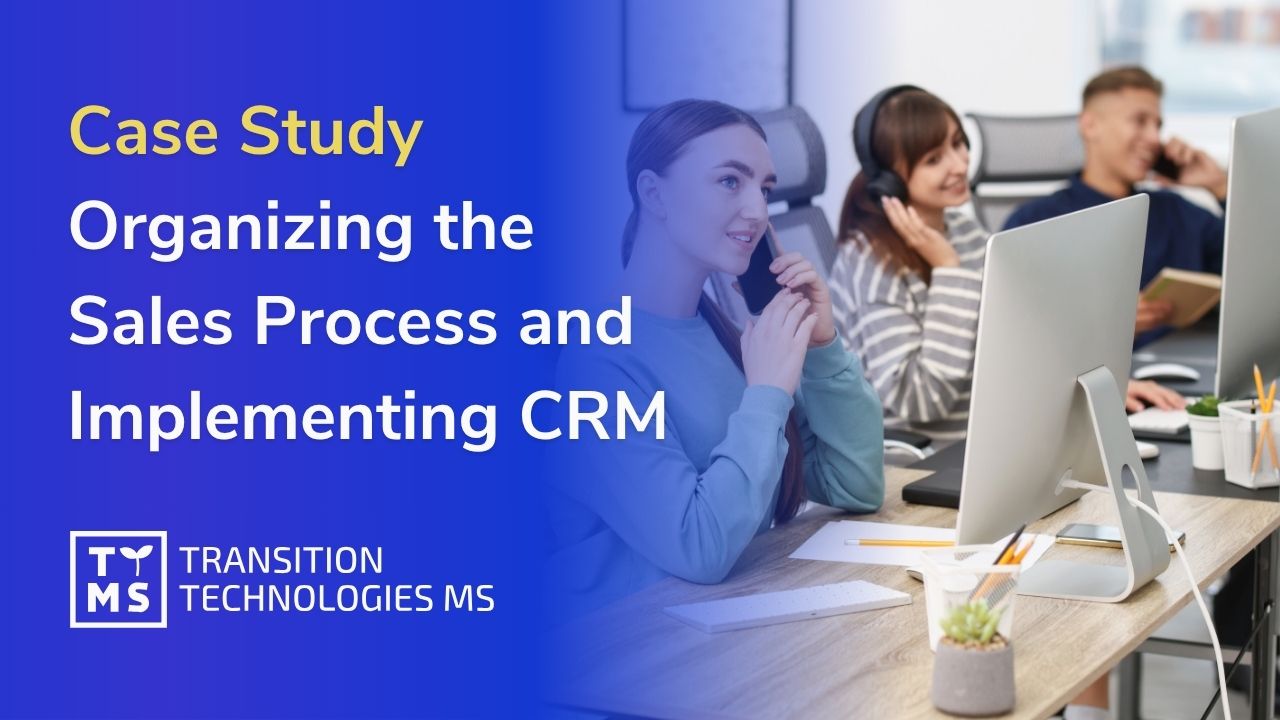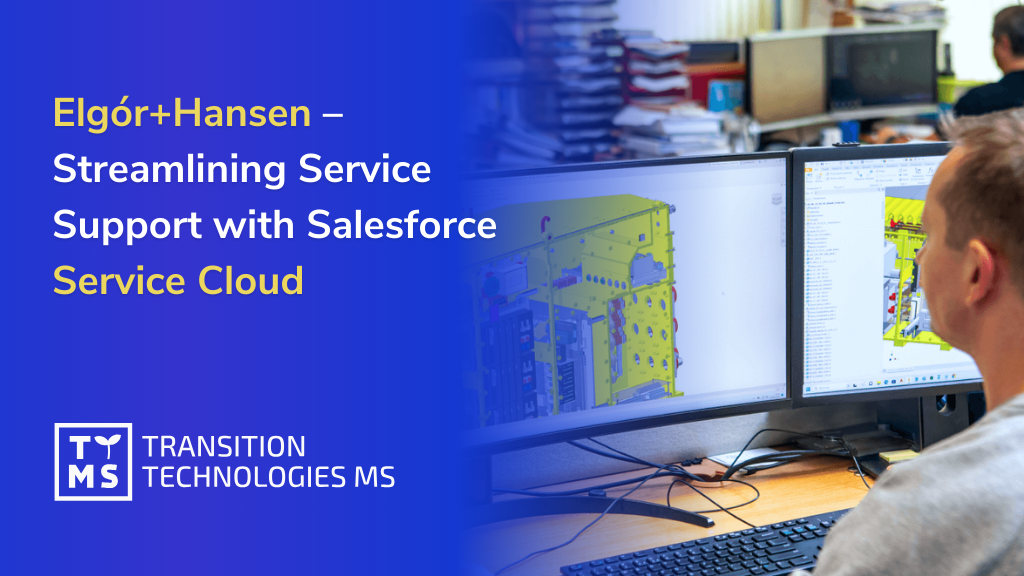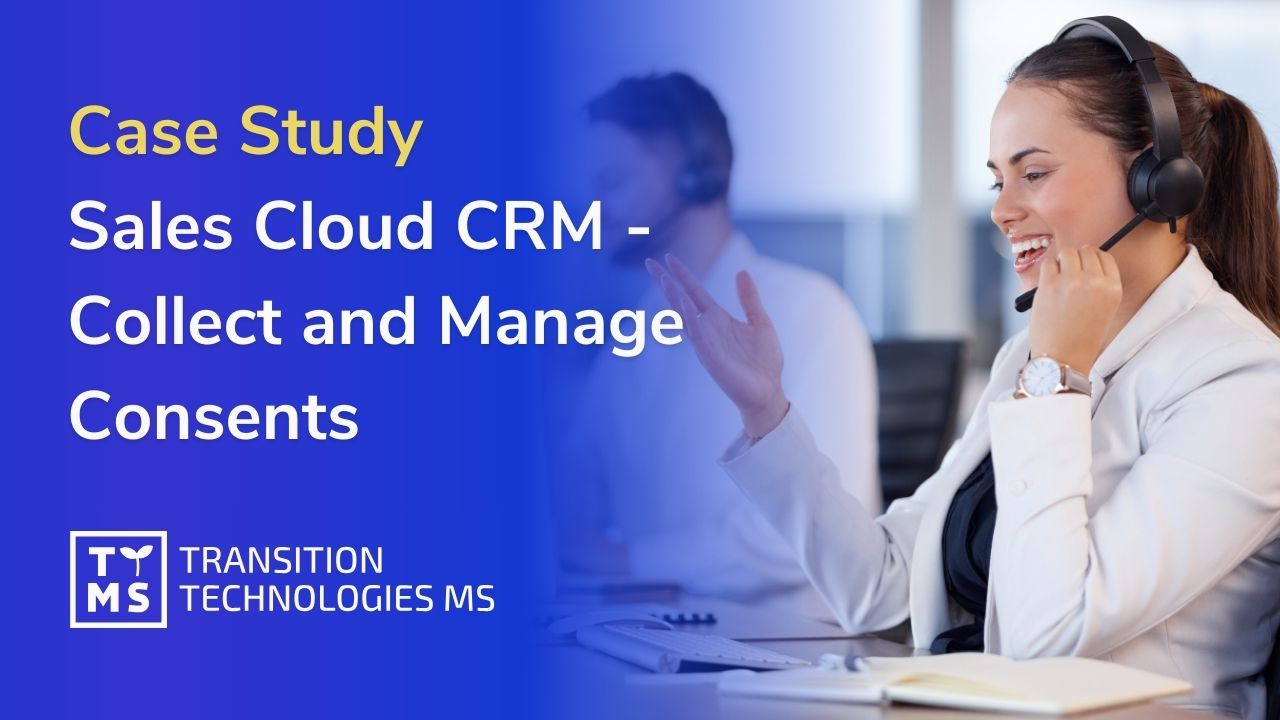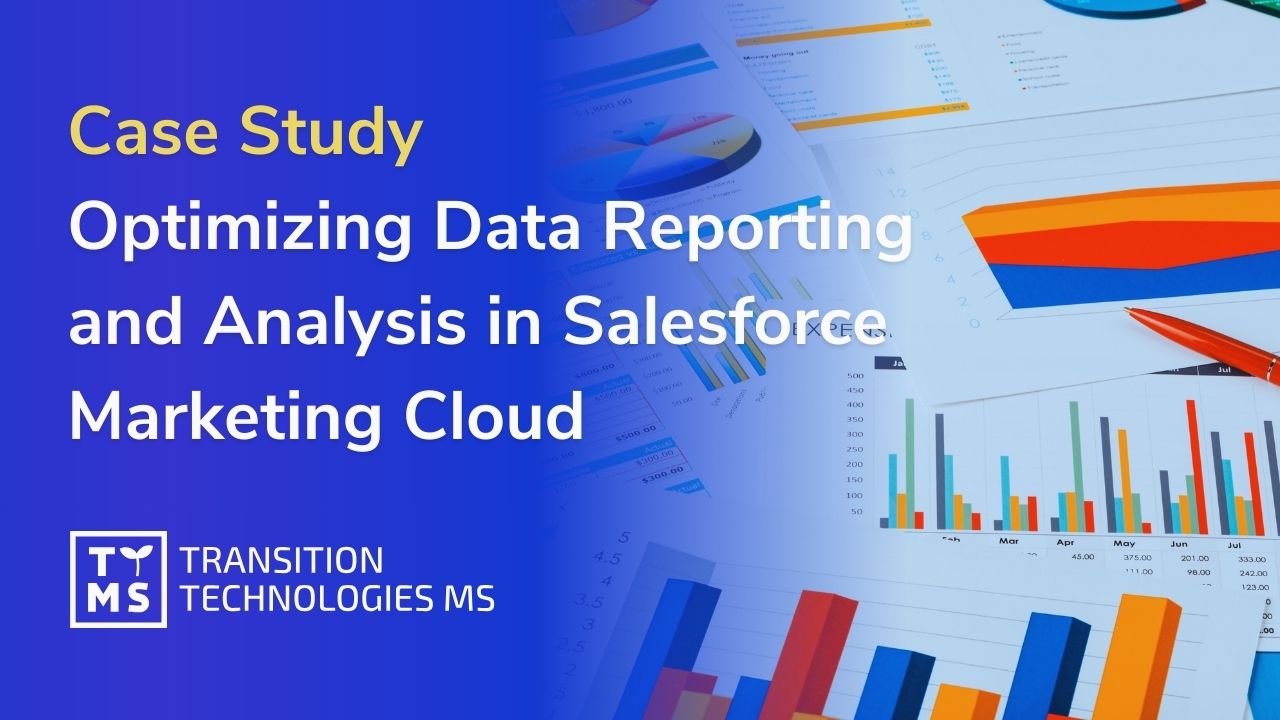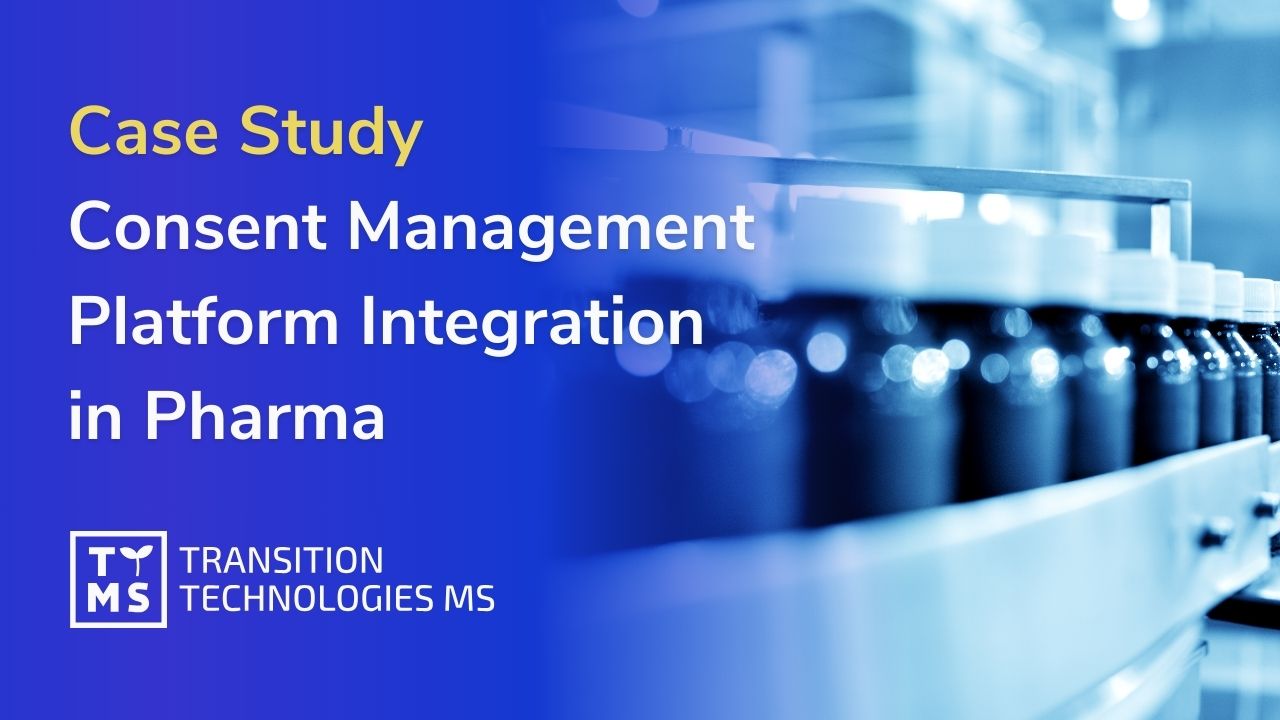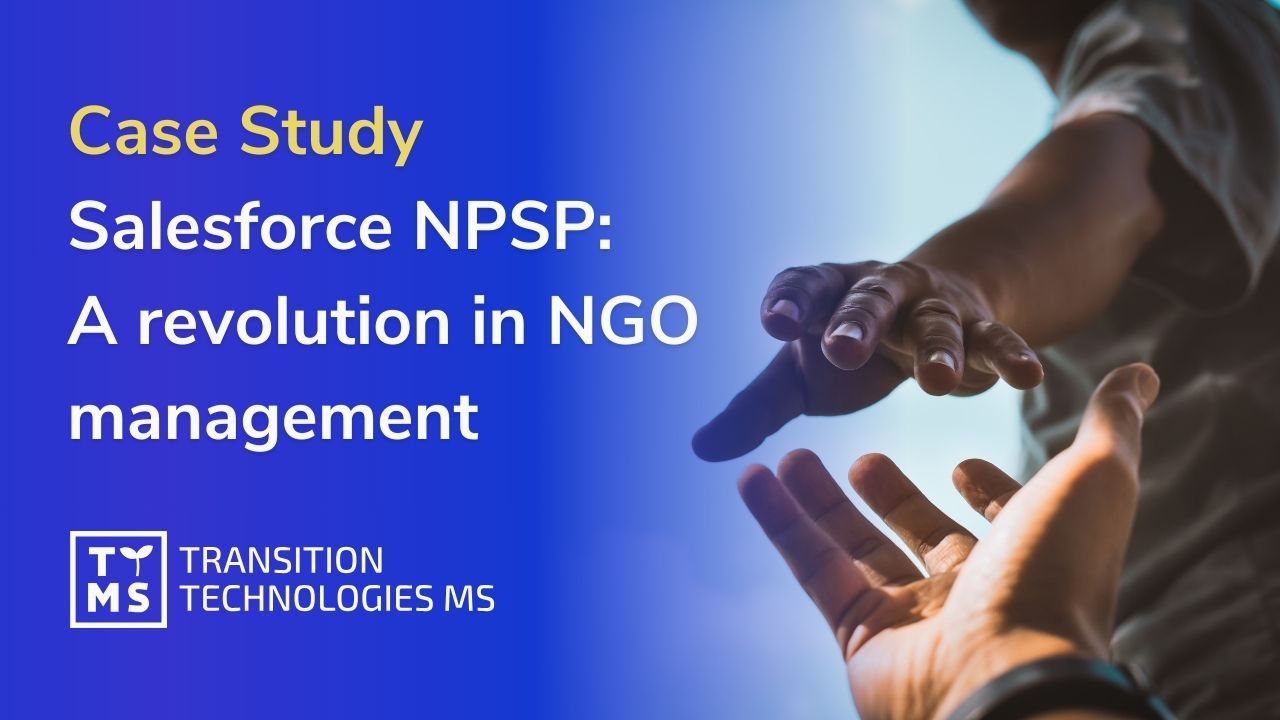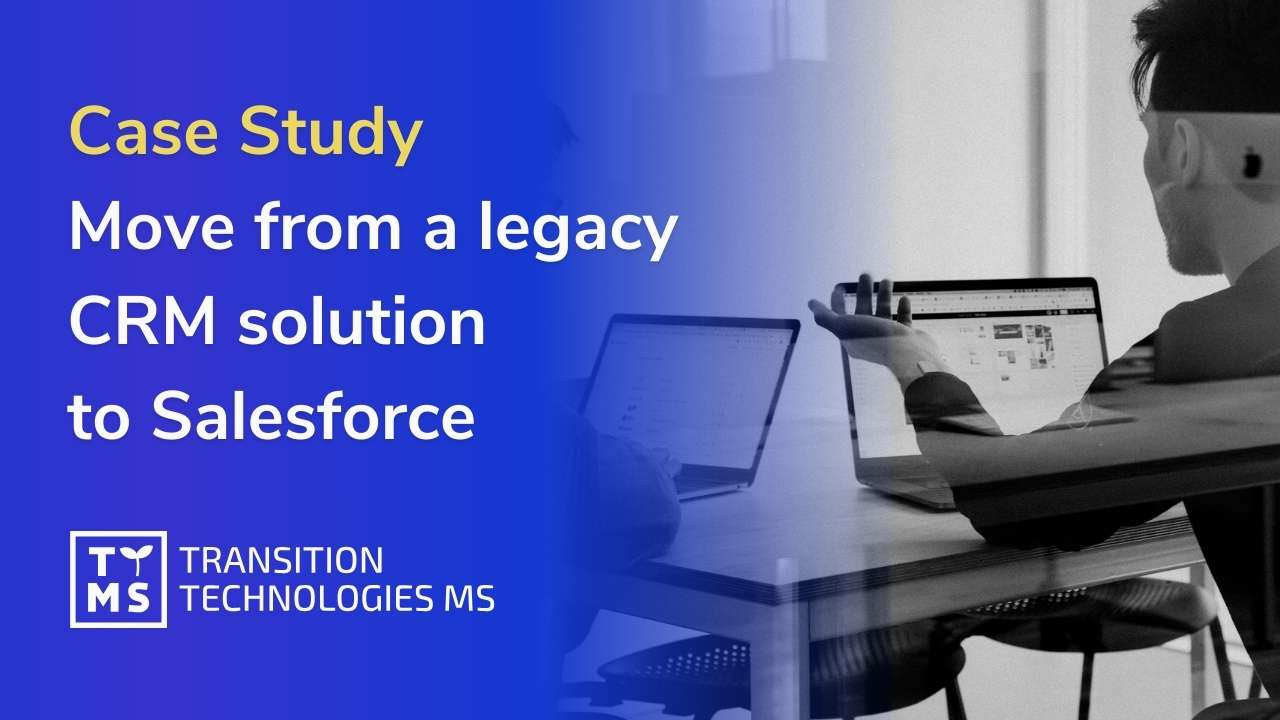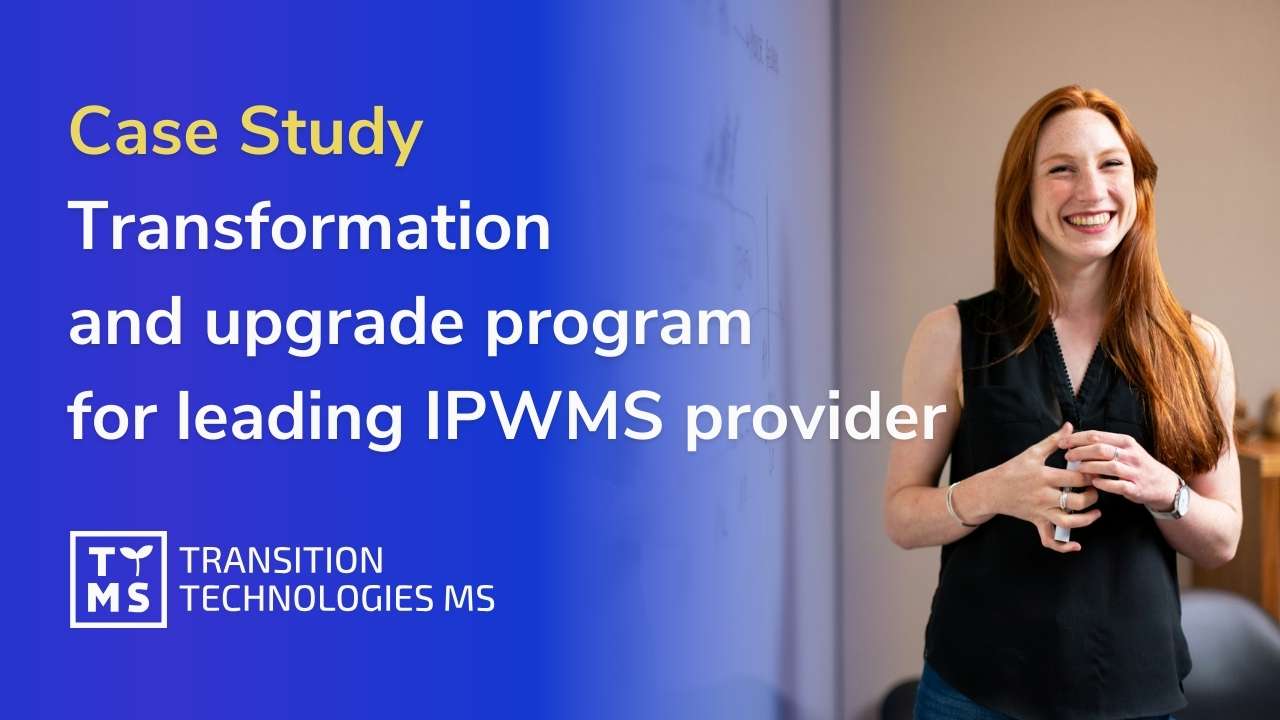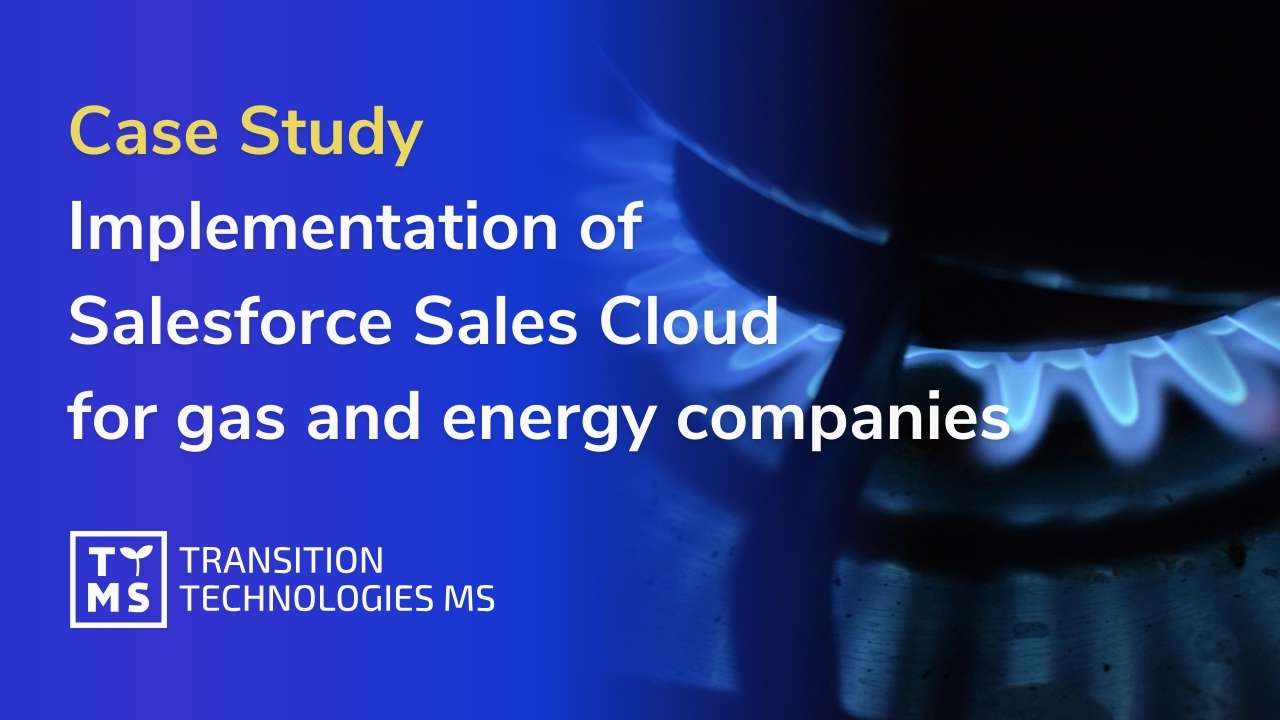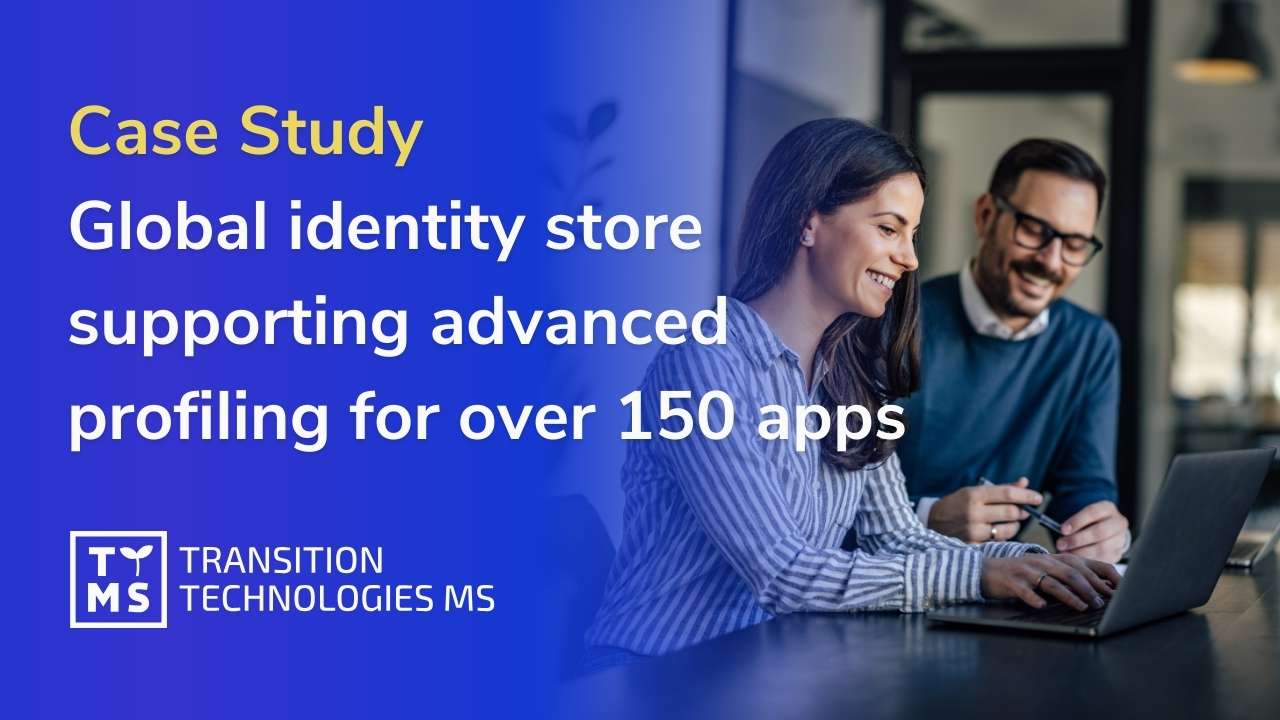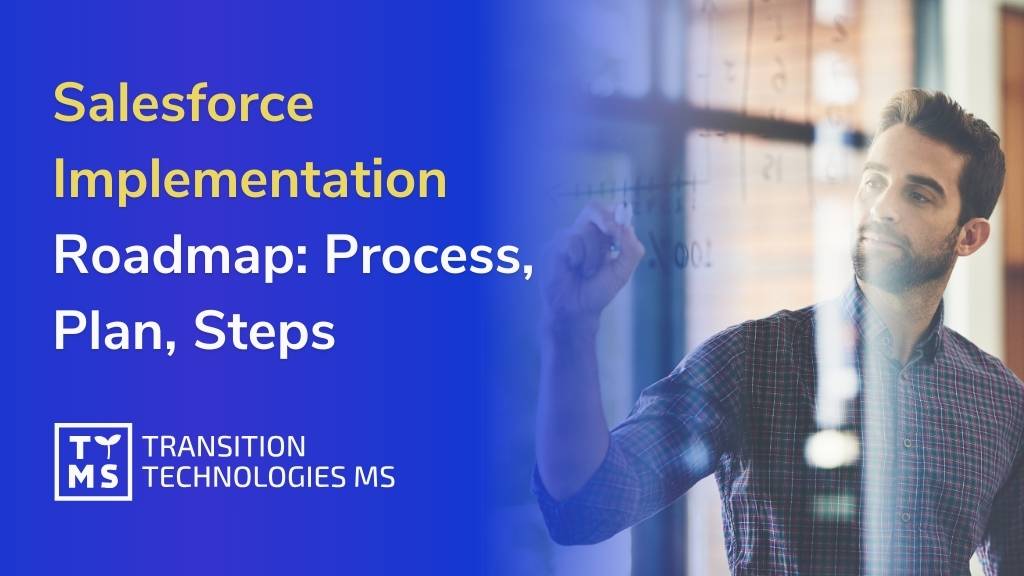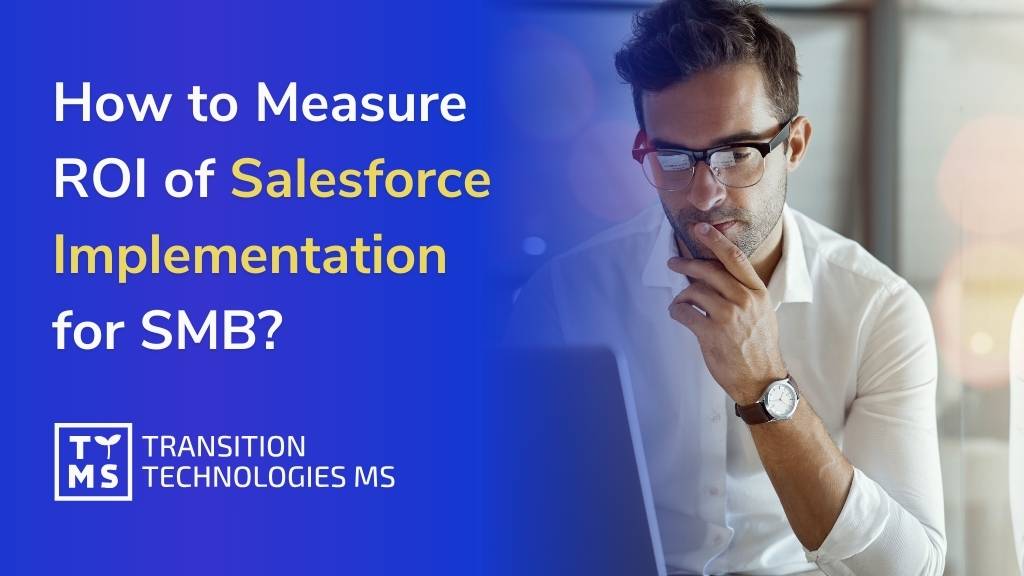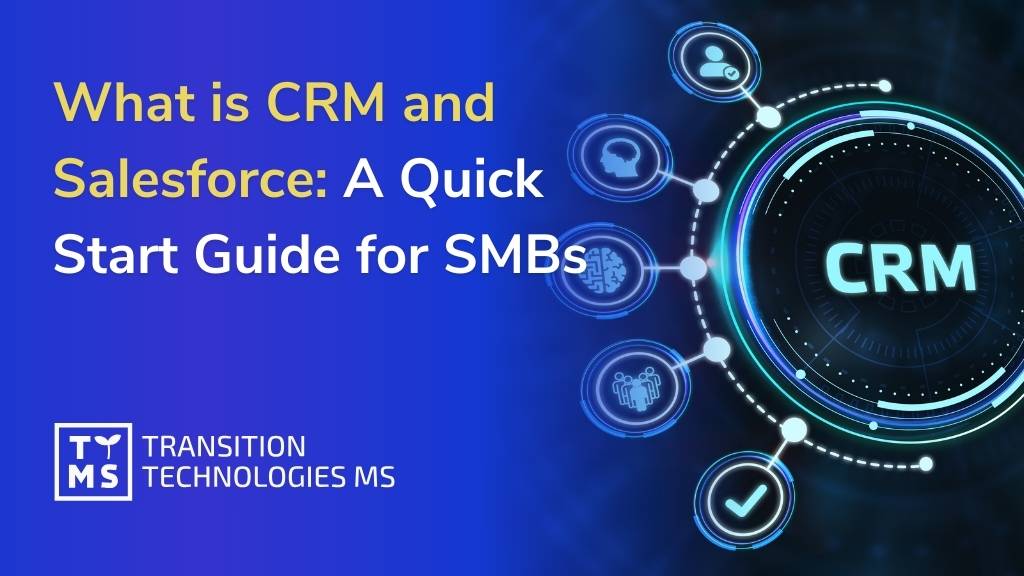What is Salesforce?
Salesforce is the world’s best system for managing all aspects of sales and customer relationships, enabling companies to excel in sales, customer service, portals, and marketing automation at an unprecedented level. Moreover, using the development platform, any business process can be replicated.
Salesforce is a user-friendly, cloud-based environment that offers companies what they need to stay ahead of the competition and provide their customers with a unique purchasing experience.

Your needs are our inspiration – how can we help you?
Increasing Sales
Team Efficiency
Manage sales processes and customer relationships with Salesforce Sales Cloud CRM.
Better Collaboration with Partners and Increased Customer Engagement
Dedicated interactive portals for business partners and customers with Salesforce Experience Cloud.
Improving Customer
Service Quality
Manage complaints, service requests, and post-sales processes efficiently with Salesforce Service Cloud.
Salesforce Team
Technology Support
We provide specialists to integrate into your team, contributing to the development and maintenance of Salesforce system environments.
Salesforce Management and Optimization Support
Enhance the performance and functionality of your Salesforce environment through Managed Services support.
Specialized Solutions for Selected Industries
We tailor our services to meet the specific needs of industries such as pharma, manufacturing, IT, and many others.
Our Salesforce offering includes:
Implementation
Projects
Projects
Implementation projects tailored to every business.
We deliver Salesforce implementations for both small and large companies, leveraging Salesforce’s scalability and customizing it to meet each organization’s unique needs.
Learn more
Outsourcing &
Managed Services
Managed Services
Outsourcing and Salesforce system development and maintenance.
If you have a Salesforce team and/or require additional competency support, we provide our top specialists.
Additionally, we offer remote user support for their daily operations with Salesforce.
Learn more
Salesforce
Products
Products
Unlocking the full potential of Salesforce.
We offer comprehensive services in analysis, maintenance, optimization, and expansion of existing Salesforce systems, focusing on key areas:
Sales Cloud (CRM) / Service Cloud / Experience Cloud (Portal) / Pardot (Marketing Automation) / Non-Profit Cloud
Within Salesforce, our client base includes:
What do our clients appreciate about us?
COMPETENCIES
Specialized Salesforce team experience derived from projects of varying scales, across diverse industries and countries.
UNDERSTANDING NEEDS
Throughout each project, we carefully listen to the client’s needs and industry-specific requirements.
ADAPTATION
We extensively tailor the system configuration to meet each client’s individual needs.
CLOSE RELATIONSHIPS
We place great emphasis on building strong relationships with clients, resulting in long-term partnerships.
FLEXIBILITY
We support both small and large companies and projects thanks to our flexibility and extensive expertise.
PARTNERSHIP WITH SALESFORCE
Access to the latest knowledge and technology, supported by our longstanding partnership with Salesforce (Salesforce Certified Partner).
We can help you match Salesforce products to your needs.
Being a Salesforce registered consulting partner, at TTMS we are delivering value to our clients through our technical expertise and commitment to customer success. We understand that every client has unique needs, which is why we take the time to truly understand our clients’ businesses and tailor our services accordingly.
We believe in an iterative approach that ensures our customers have a solid foundation to build on and the ability to scale their solutions as their business grows. We understand that business evolves over time, and we’re committed to finding matching solutions throughout our customers’ Salesforce journey.
The competency base of our Salesforce TTMS team:
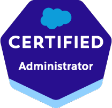
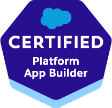
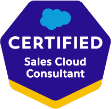
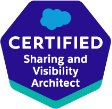
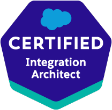
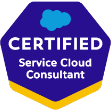
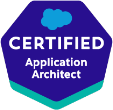
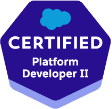
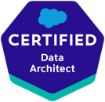
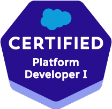
Market sectors we assist our clients in:
Pharma
Automotive
Manufacturing
Finance
IT
Logistics / Transport
Professional
Services
Luxury
goods
Construction
Hospitality /
Travel

Non-Profit Organisations
OZE / Energy
Read articles on our blog
Watch our Videos
FAQ
What is the turnaround time for project quotes?
We can provide an initial, non-binding project quote during our first meeting with our representative, where we will discuss your organization’s problem and needs in general terms. Following this, we will arrange a Discovery meeting with a broader group to discuss detailed requirements for the new system. The outcome of this meeting will be a formal quote. We can schedule the first meeting almost immediately, and we will deliver the formal quote within two weeks after the Discovery meeting.
What is the estimated cost of implementing Salesforce in a small business?
The cost of implementing Salesforce varies based on several factors, but as an example, the implementation of a relatively straightforward CRM system typically ranges from about 30,000 to 50,000 PLN for the entire implementation project. Additional costs include purchasing Salesforce licenses, which clients procure directly from the system’s manufacturer, Salesforce.
What factors influence the cost of implementing Salesforce?
The cost of Salesforce implementation primarily depends on the complexity of the project, which is determined by the level of complexity in the company’s business processes and the amount of work required to configure the system to mirror these processes. Another factor affecting project costs is integration with other systems (such as financial or logistics systems).
Each implementation project begins with a detailed analysis of client requirements, allowing us to propose the most optimal design for the new system and provide advice on selecting the best Salesforce licenses.
How long does Salesforce implementation take?
Similar to implementation costs, the duration of implementation depends on the complexity of the project. With our Quick Start offering, we can deliver a ready system, such as CRM, in as little as 3-4 weeks. More complex projects typically span several weeks.
Importantly, the project timeline isn’t solely determined by the implementation company but also by the availability of team members on the client side.
How are Salesforce trainings conducted post-project implementation?
User training on Salesforce is a key component of our implementation project. In our project methodology, we employ a Train-the-Trainer approach. This means that our clients designate key individuals, future key users, and business owners of the system, whom we train. These individuals then train the rest of the users within their company.
What are the benefits of this approach? We would be happy to discuss them at one of our meetings.
What is the process of hiring a Salesforce consultant like?
In addition to implementation projects, we also offer outsourcing services for both individual Salesforce specialists and entire teams. The process of selecting the right person starts, similar to implementations, with understanding our clients’ needs. For outsourcing, we define the competencies, knowledge, and experience required for our candidate, as well as the specific role the individual will play in the project. Based on this, we present a proposal of selected candidates along with their availability and expected hourly or daily rate. We then arrange a meeting where the client can interview the chosen candidate and assess their competencies for suitability to the role and project.
What does the Salesforce licensing model look like?
Salesforce is a 100% cloud-based system. This means that to work in the system, users must log in to Salesforce. Salesforce offers various license models depending on the product, but the most common type of license (e.g., CRM) is a subscription-based license for each user. Depending on the type of license, users have access to specific system functionalities available within that license.
Details regarding specific licenses and their prices are provided by Salesforce representatives. The selection of optimal licenses for clients is collaboratively managed by both the implementation partner and Salesforce representatives.
What is a Salesforce Partner and what benefits does cooperation with a partner like TTMS provide to clients when implementing the Salesforce system?
A Salesforce Partner is a certified consulting company specialising in implementing solutions on the Salesforce platform. TTMS achieved Salesforce consulting partner status in 2015, acknowledged for delivering high-quality solutions with highly skilled programmers and consultants possessing official certifications. As a Salesforce partner company, TTMS continually enhances domain knowledge through access to the Salesforce Community and Salesforce Trailhead, offering comprehensive training and courses. Partnering with TTMS as one of the best Salesforce partners ensures full technical and competency support throughout each project phase, tailored platform adaptation to meet specific client needs, and efficient project implementation. For organizations looking to find a Salesforce partner, TTMS serves as a reliable Salesforce integration partner.
Ready to take your business to the next level?
Let’s talk about how TTMS can help.

Michael Foote
Business Leader & CO – TTMS UK


















